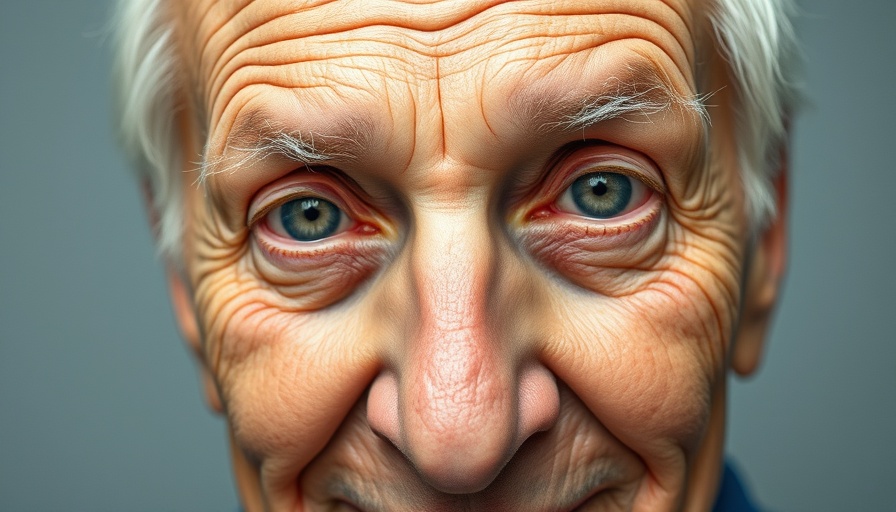
Understanding Jaundice: A Common Yet Mysterious Condition
Jaundice, characterized by yellowing of the skin and eyes, signals an underlying health issue that affects both diagnosis and treatment in adult patients. This condition arises from an overload of bilirubin in the bloodstream, a pigment produced when red blood cells break down. In a healthy body, bilirubin is processed by the liver and excreted through bile, while any disruption in this process leads to its accumulation, resulting in jaundice.
The Causes of Jaundice: From Liver Disorders to Blockages
Common causes of jaundice in adults include liver diseases such as hepatitis, cirrhosis, and liver cancer. These conditions affect the liver's ability to function properly, leading to bilirubin build-up. Additionally, gallstones can obstruct bile ducts, preventing the excretion of bilirubin. Recognizing these underlying issues is crucial for concierge medical practices, as early intervention can greatly improve patient outcomes.
Recognizing Symptoms: More Than Just Yellow Skin
While the signature yellow hue of the skin and sclera (the whites of the eyes) is unmistakable, patients may also experience dark urine and pale stools. These symptoms indicate that bilirubin is being diverted into urine instead of being processed out through the intestines, flagging potential blockages or dysfunctions requiring immediate attention.
Impacts on Patient Relationships: Communicating Effectively
For medical concierge practices, understanding jaundice is not just about clinical knowledge; it’s also about fostering strong patient relationships. Educating patients on the implications of jaundice and its potential to signal underlying conditions is vital. Empathetic communication can alleviate patient anxieties and encourage them to engage in proactive health discussions, enhancing their overall experience.
Future Trends in Jaundice Diagnosis and Management
As technology evolves, so does the approach to diagnosing and managing jaundice. Innovations in liver function tests and imaging techniques are on the rise, allowing for quicker and more accurate diagnoses. Concierge medical practices should stay connected with these advancements, integrating them into their services to provide enhanced patient management.
Actionable Insights: How Practices Can Support Patients
To capitalize on the increasing awareness around jaundice, concierge practices can offer informational seminars or materials that educate patients about liver health, the significance of bilirubin levels, and when to seek medical help. This proactive approach not only empowers patients but also reinforces the standing of the practice as a leader in patient wellness.
Understanding jaundice and its implications on health is critical for maintaining strong patient relationships and providing exemplary care. If your practice is not currently addressing these common health concerns, now is the time to take action and prioritize patient education.
 Add Row
Add Row  Add
Add 




Write A Comment